Neuroscience
-
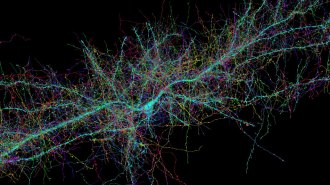 Neuroscience
NeuroscienceA deep look at a speck of human brain reveals never-before-seen quirks
Three-dimensional views of 50,000 cells from a woman’s brain yield one of the most detailed maps yet.
-
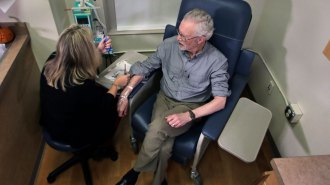 Health & Medicine
Health & MedicineFDA approved a new Alzheimer’s drug despite controversy over whether it works
A new Alzheimer's treatment slows progression of the disease, the drug’s developers say. But some researchers question its effectiveness.
-
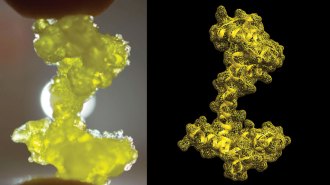 Chemistry
ChemistryA sweet father-son bond inspires tasty new molecule models
New edible models of proteins could spark students’ interest in the world of chemistry, especially students who are blind.
By Carmen Drahl -
 Neuroscience
NeurosciencePlaying brain training games regularly doesn’t boost brainpower
Comparing brain training program users with those who don’t do the mini brain workouts, scientists found no proof that the regimens boosted brainpower.
-
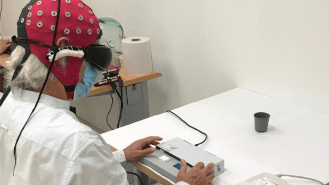 Genetics
GeneticsA gene-based therapy partially restored a blind man’s vision
Light-activated proteins inserted in eye nerve cells and special goggles help the man, who lost his sight due to retinitis pigmentosa, see objects.
-
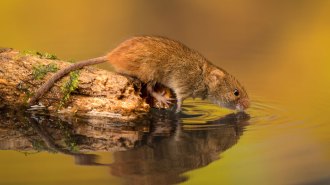 Animals
AnimalsMammal brains may use the same circuits to control tongues and limbs
When mice drink water, they make corrective motions with their tongues that resemble similar adjustments made by primates when they grab for objects.
-
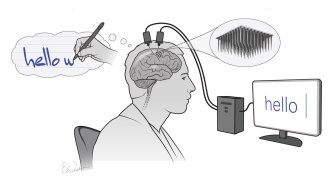 Neuroscience
NeuroscienceBrain implants turn imagined handwriting into text on a screen
A person who was paralyzed from the neck down was able to communicate, thanks to brain-to-text technology.
-
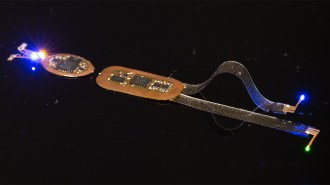 Neuroscience
NeuroscienceScientists remotely controlled the social behavior of mice with light
New devices — worn as headsets and backpacks — rely on optogenetics, in which bursts of light toggle neurons, to control mouse brain activity.
-
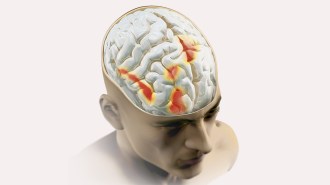 Neuroscience
NeuroscienceMild zaps to the brain can boost a pain-relieving placebo effect
By sending electric current into the brain, scientists can enhance the pain-relieving placebo effect and dampen the pain-inducing nocebo effect.
-
 Neuroscience
NeuroscienceSurprisingly, humans recognize joyful screams faster than fearful screams
Scientists believed we evolved to respond to alarming screams faster than non-alarming ones, but experiments show our brains may be wired differently.
-
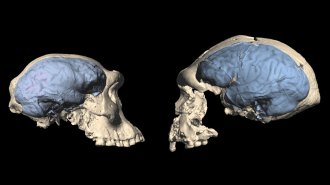 Anthropology
AnthropologyAncient humans may have had apelike brains even after leaving Africa
Modern humanlike brains may have evolved surprisingly late, about 1.7 million years ago, a new study suggests.
-
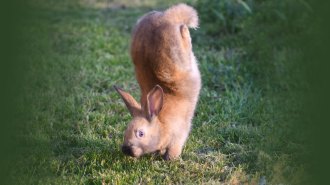 Animals
AnimalsA gene defect may make rabbits do handstands instead of hop
Mutations in a gene typically found throughout the nervous system rob rabbits of their ability to hop. Instead, the animals walk on their front paws.